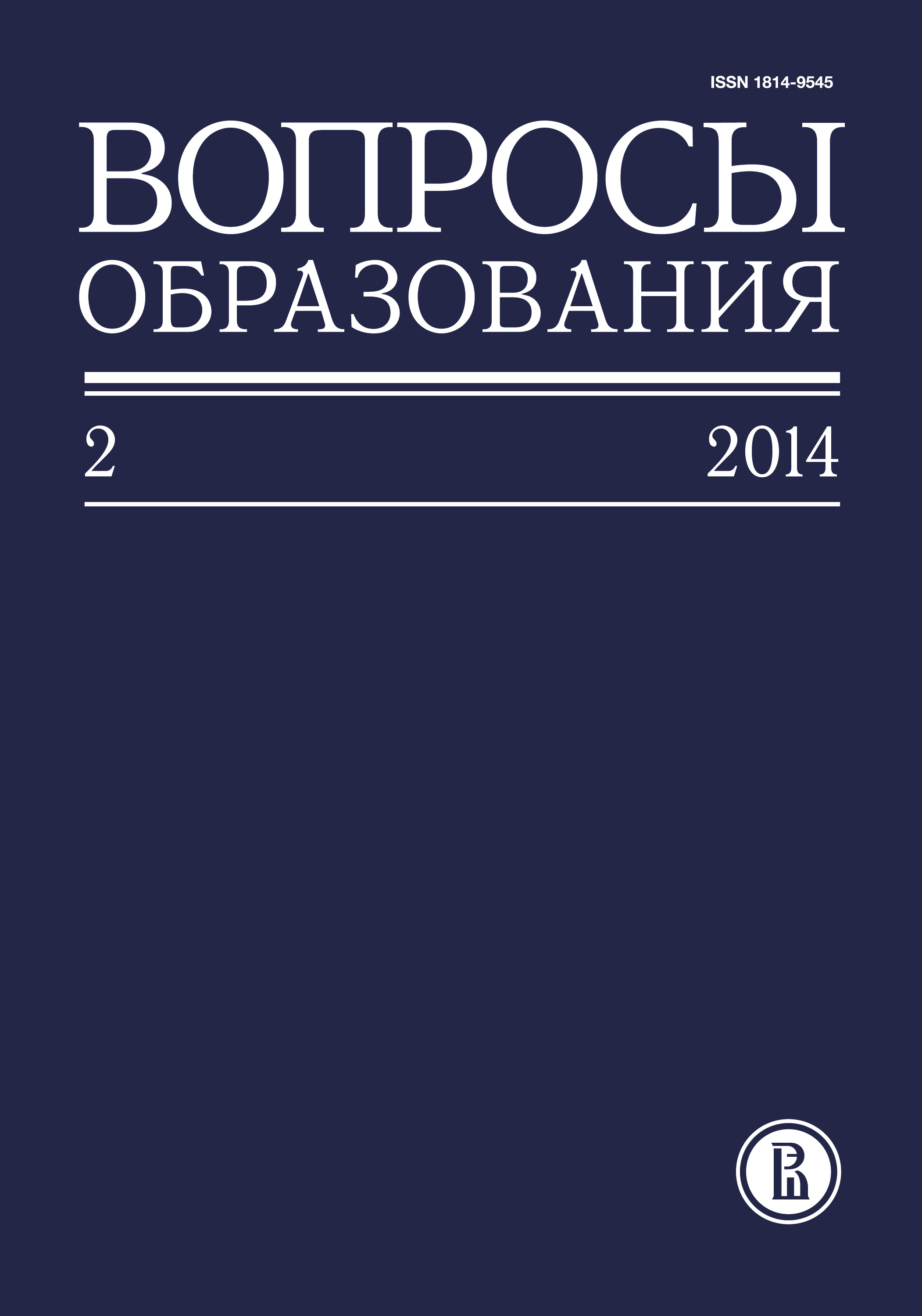Female Gymnasium Education in Kursk Governorate in the Second Half of the 19th Century Through the Early 20th Century
Abstract
In 1850, even Petersburg didn’t have any educational institution to teach daughters of poor noblemen and government servants. Female education became a major teaching innovation of the second half of the 19th century. Women’s colleges were established in Vologda, Tver, Ryazan, Samara, Tula, Smolensk, and Nizhny Novgorod in the late 1858. Female secondary education was organized very much due to Nikolay Vyshnegradsky, who was a Russian teacher, professor, advocate of egalitarian female education, and founder of the Russky pedagoguichesky vestnik magazine. Vyshnegradsky was the first to introduce women’s gymnasia and to develop a Charter in 1862 that was taken as a basis of gymnasium activities. The curriculum included the Divine Law, Russian grammar, Russian history and geography, arithmetic, French and German languages, calligraphy, music, dancing, and needlework. This curriculum differed considerably from the one in traditional men’s gymnasia. Although the level of education was rather high in some of women’s gymnasia, their graduates were not allowed to enter universities or any other governmental higher educational institutions. It was only in 1872–1876 when a number of higher female courses were initiated under the influence of progressive communities. In this paper, we have analyzed organization of teaching and learning processes based on the materials from State archives of Kursk and Belgorod Oblasts. We have also provided some examples of women’s gymnasium practices in Kursk Governorate in the second half of the 19th century through the early 20th century, including the First World War period.









